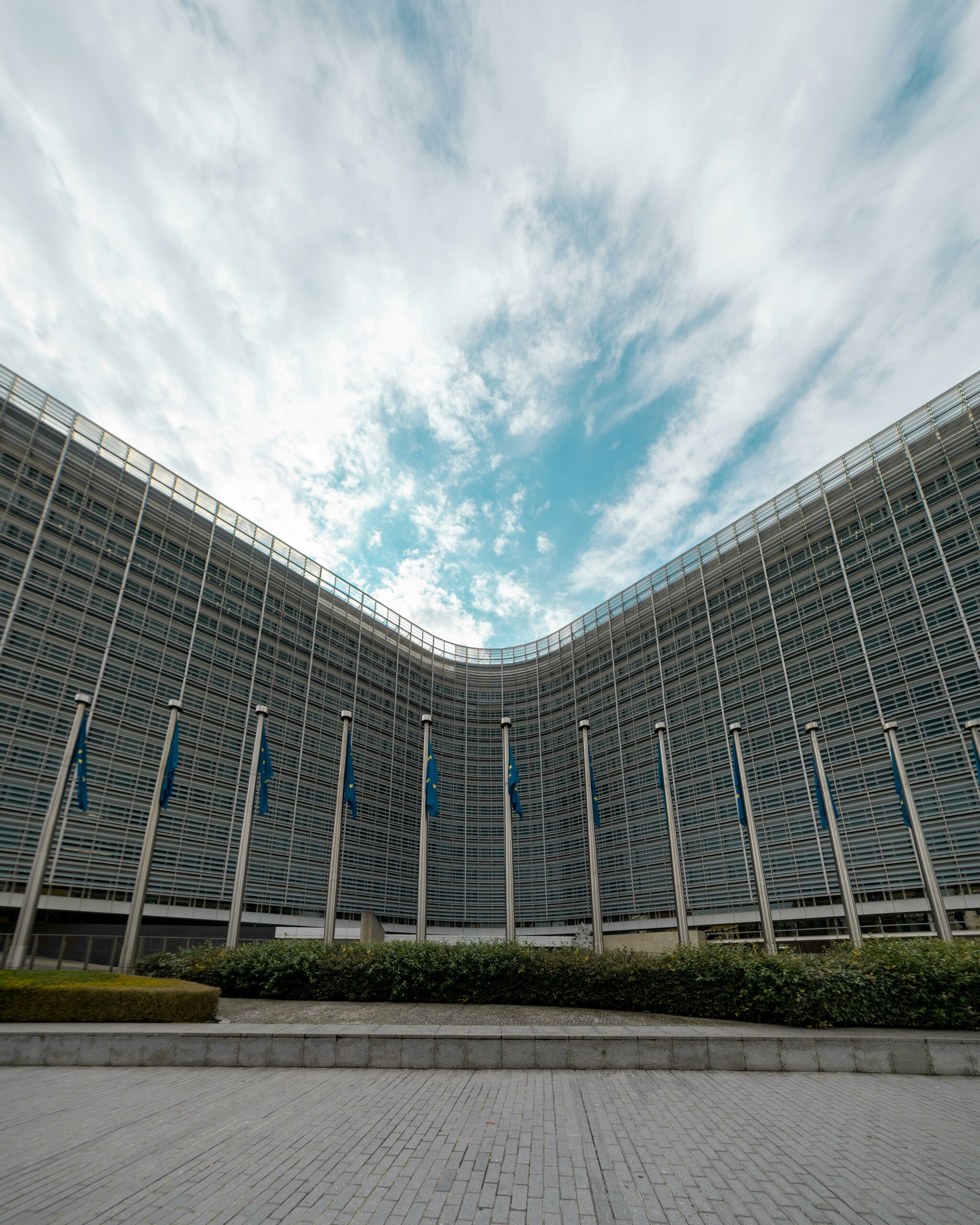Controversies over corporate social responsibility are common. Here are some lessons to help managing these situations responsibly.
It has been almost 20 years since German journalists – Klaus Werner and Hans Weiss – published their famous “Black Book of Companies (Das Schwarzbuch Markenfirmen)”. This well-documented book described how the activities of many multinational companies were associated with political and social discrimination, environmental pollution, violations of labour law, human rights and consumer protection. 20 years later, the barometers are multiplying and resembling each other: many multinationals remain under the spotlight for various controversies, with a predominance for the energy, extraction, agri-food and pharmaceutical sectors. How to manage these issues responsibly?
What are the foundations of a controversy?
The dictionary defines the idea of “controversy” as “an ongoing discussion of an issue, motivated by divergent opinions or interpretations”. In practice, what companies experience comes first and foremost from an incident – more or less confirmed – revealed by a survey conducted by a stakeholder (NGO, trade union, local authority for example…) and which has taken on a significant media dimension – amplified in particular by social media.
However, whatever the incident that is the cause of any controversy, some elements do come up time and time again. They should therefore be studied.
1. Ignorance or information asymmetry
In 2004, Amnesty International published a detailed report pointing to the sexual slavery scandal in Kosovo in the service of NATO soldiers, UN police officers and NGO members in the region… The case is complex and its analysis should be further detailed. Nevertheless, one lesson is particularly interesting. The professionals mandated to conduct the internal investigations were very quickly confronted with the multicultural nature of the field teams involved. From Norway to Pakistan, the perception of the same facts could reveal a very wide diversity of opinions. Facts considered serious by some, may have very little importance for other actors, evolving in different cultural and legal contexts. Moreover, at the time, the international organizations in question had few policies, guidelines or training to inform operational staff and draw red lines on these prostitution issues. In part because they had not previously faced similar controversies. Partly also because they knew that they had to manage complex multicultural teams, and that the implementation of policies and guidelines could require significant consultation and audit efforts to ensure that procedures would be followed in the field.
So is an essential element of any controversy. At the root of any controversy is a critical point of ignorance, or asymmetry of information.
- Ignorance. Quite simply, at the root of a controversy are operational people who are not aware of any behaviour or practices that other stakeholders will find questionable. After sensitizing quality auditors of a large European industrial company, who regularly visit subcontracting factories in Pacific Asia, on child labour issues, one of these auditors reported a few months later “that he had seen children working on a site for the first time in 20 years”. Ignorance – the reality is probably that he had been able to miss many situations in 20 years, but was not aware of these issues to detect and qualify unacceptable cases.
- Information asymmetry. By working on various scandals involving factories based in Pacific Asia – China and Vietnam in particular – here is how differences in perception of the same facts can create major controversies. For trade unions, factories and dormitories make it possible to confine and work on infernal rates of young workers with little education and who can be asked to work at will. When a death at work due to cardiac arrest occurs, on a young and healthy worker, there is a scandal associated with living conditions and the stressful working pace imposed. On the other hand, professionals working on health and safety issues will obviously be able to deplore the serious accident and study any possible action to reduce the risk. But they will also look at the severity rate and frequency rate at a site employing more than 150,000 employees to conclude on the probability of the risk. For NGOs concerned with respect for labour law, it will be above all the multinational client that will be responsible for the unbearable pace imposed on the site. For local collectives representing workers, the observation could be more nuanced, sometimes praising the level of wages and working conditions compared to what these workers could find elsewhere…
A truth can have several facets. A controversy is the result of divergent interpretations of a practice or event.
2. Methods and technical expertise
A controversy arises between different stakeholders in their interpretation of a practice or event. Converging interpretations requires methods and technical expertise. This is the second element that regularly reinforces and amplifies controversies…
- The working methods that led to the revelation of a controversy are themselves sources of discord between stakeholders. For example, an NGO that has conducted a secret investigation to enter a site or question workers will obviously not want to share its sources with the company. And the company will find it very difficult to accept to engage on its practices in a constructive way, without transparency on the elements brought against it….
- Technical expertise to study the elements of controversy is again essential. Importing a fleet of international consultants disconnected from local realities will not make sense, nor be effective. Relying exclusively on local expertise unable to understand the international issues raised by a controversy in its various nuances will also not make it possible to carry out a relevant analysis.
Controversy can grow and take on uncontrollable dimensions when the parties involved are unable to agree on the methodologies and type of technical expertise necessary to assess a practice or event that causes divergence of opinion.
3. Rational management of issues that have a strong emotional and financial impact
Finally, controversy can grow and take on uncontrollable dimensions when the parties involved are unable to agree on the methodologies and type of technical expertise necessary to assess a practice or event that causes divergence of opinion.
The management of a controversy then takes a completely different turn, since the divergence of interpretation on a practice or event results in a strong emotional and/or financial burden. The management of controversy is impacted and is no longer treated in a dispassionate manner.
- Emotional management is important. Depending on the positions of the stakeholders, the stakes are different. Faced with water pollution caused by a factory, a plant manager may see the mistake of a few workers who have not followed a procedure and will be punished. He or she would want to move on. Local residents will be able to see the destruction of crops that are supposed to support entire families over a year. Financial compensation will not be enough to compensate for the emotional loss associated with a wasted whole year’s work, for example, or the potential impact on health.
- Financial considerations also influence the management of a controversy. Take the case of pesticides. These products use chemical agents developed during the First World War, and manufactured to have a harmful effect on humans. Despite various alterations and changes in formulas, the origin and nature of these components raise obvious health questions for any agricultural worker or gardener exposed on a regular basis. Yet, trials have been going on for decades and the management of the associated controversies is quite different. The financial stakes in terms of compensation are high. However, controversies remain and the acceptability of pesticides remains high, up to the point of gradually amending regulations to reduce their lists and uses…
Responsible management of controversies. Lessons learned
Thus, the management of controversies raises methodological questions for stakeholders in order to reduce differences of opinion and to learn from them in order to reduce any risk of occurrence.
1. Inclusion of a relevant stakeholder ecosystem
The formation of an ecosystem of stakeholders with a diversity of perspectives on practices or events is essential. Without taboos, it allows to explore all aspects, compare facts and figures.
Emotional or financial issues sometimes make this work difficult or even impossible. However, creativity, qualitative and quantitative methods of investigation and stakeholder consultation can make it possible to overcome these difficulties as much as possible. In the context of judicial or extra-judicial investigations, mediation forums offer the possibility of comparing points of view.
2. Risk mapping and occurrences
Stakeholder agreement on a cause tree helps to identify the different factors that led to a controversial practice or event.

A cause tree can take up a set of elements at the root of an ignorance of a problem, or an asymmetry of information, in order to precisely map the areas that prevent the risk from occurring. By working in this way on issues of working conditions in factories (overtime), we can quickly question, for example:
- Transmission and management of orders between customer and supplier
- Organization of work in the supply chain
- Training of local management
- Employee directives and training subject to unpaid overtime
- Tracking of hours and follow-up on complaint procedure
- …
Conclusion: Responsible management of controversies, a question of method and transparency
A cause tree will reveal a set of factors on which to work on, both to reduce the asymmetry of information between stakeholders, and to study the corrective measures needed to reduce the occurrence in question.
- First of all, in an over-connected world, there is no point in trying to hide anymore. Any employee has a phone with a camera and can publish information anonymously on social networks. Thus, it has become imperative to play the transparency card for companies
- In addition, methodological management is essential. It not only makes it possible to conduct an analysis based on the broadest possible collective intelligence, it also makes it possible to provide a rational reflection on a practice or event in order to determine its seriousness, and then to draw lessons that will reduce the risk that the events or problems identified may recur over time
- Finally, the management of controversies must not be limited to a particular geographical or cultural reality. If a controversy reveals an unacceptable practice, managing that controversy will mean ensuring that practices in all activities are improved, regardless of local differences.
Author of several books and resources on business, sustainability and responsibility. Working with top decision makers pursuing transformational changes for their organizations, leaders and industries. Working with executives improving resilience and competitiveness of their company and products given their climate and human right business agendas. Connect with Farid Baddache on Twitter at @Fbaddache.






